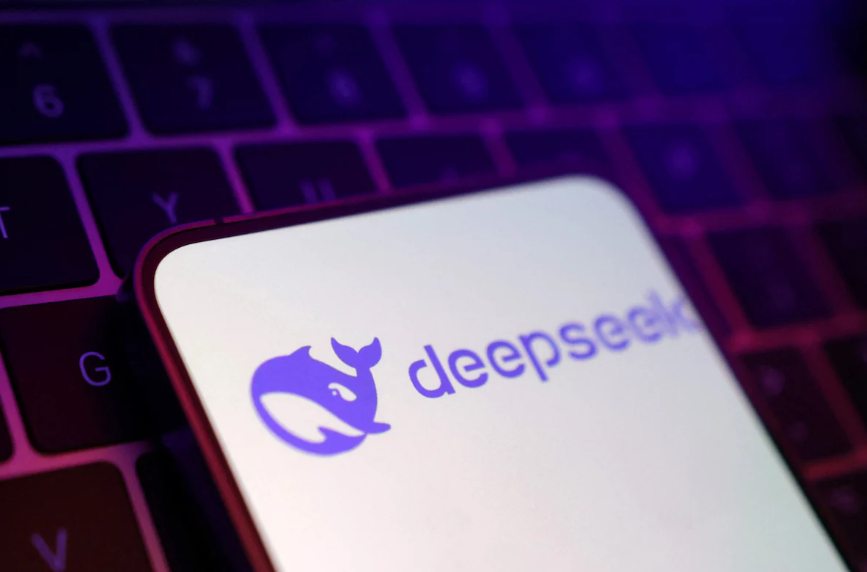Introduction
The world’s fascination with generative AI often overlooks a critical truth: building advanced artificial intelligence is astronomically expensive. While tools like ChatGPT dazzle users with their convenience, the infrastructure powering these systems demands investments that even wealthy nations struggle to justify. The U.S. recently announced a $500 billion initiative to develop AI infrastructure capable of supporting artificial general intelligence (AGI), raising questions about whether humanity can truly afford its own technological ambitions. Yet, as America doubles down on costly strategies, a challenger has emerged from an unexpected corner—China’s Deepseek—proving that high performance doesn’t always require a high price tag.
The US AI Race: Pioneering Innovation at a Premium
The U.S. has long dominated AI development, fueled by tech giants like OpenAI (pioneers of ChatGPT) and NVIDIA, whose H100 chips power most foundational models. However, leadership comes at a steep cost:
- Infrastructure Investments: Training models like GPT-4 reportedly exceeds $1 billion, with NVIDIA’s CUDA framework creating a near-monopoly on scalable AI hardware.
- Market Volatility: On January 27, 2024, U.S. stocks plummeted by a $1 trillion in a single day, NVIDEA lost $600 billion in market value, the highest drop in value ever in US history. The cause? A disruptive competitor offering comparable AI capabilities for far less.
Deepseek: China’s Answer to Affordable AI Dominance
The $6 Million Revolution
Deepseek, an open-source AI model developed in China, has upended assumptions about AI development costs. Benchmark tests show it rivals premium models like GPT-4 and Claude Sonnet, yet its creation cost just $6 million—over 164 times cheaper than ChatGPT’s estimated budget. To contextualize:
- 6 million seconds = 69 days (Deepseek’s cost in time).
- 1 billion seconds = ~31 years (ChatGPT’s cost in time).
Technical Ingenuity Amid Export Restrictions
Despite U.S. bans on exporting NVIDIA’s H100 chips to China, Deepseek’s engineers achieved breakthroughs using unspecified hardware. Their success hints at alternative infrastructures that could democratize AI development globally.
Why Deepseek Matters: Disrupting the Status Quo
1. Cost Efficiency Meets Open-Source Accessibility
Deepseek’s open-source model allows it to run on consumer-grade hardware like Apple’s M2 chip, bypassing the need for expensive NVIDIA setups. This mirrors the PC revolution of the 1980s, where affordability and accessibility transformed computing from an enterprise luxury to a household staple.
2. Personality as a Competitive Edge
AI models are no longer just tools—they’re becoming digital companions. Deepseek’s responses exhibit a distinct tone and reasoning style, offering users a fresh alternative to ChatGPT’s “personality.” This shift suggests future AI competition could hinge on user preference for interaction styles, not just technical prowess.
3. Chain-of-Thought Reasoning
Unlike free versions of ChatGPT, Deepseek offers advanced reasoning capabilities typically reserved for premium-tier AI services. This combination of affordability and sophistication positions it as a formidable player in the global market.
The Bottom Line: A New Frontier for AI Adoption
The rise of Deepseek signals a pivotal shift in the AI race:
- Democratization: Affordable, open-source models could bring advanced AI into everyday households, mirroring the rise of personal computing.
- Market Pressure: If $6 million models can rival billion-dollar systems, legacy players like OpenAI and NVIDIA must innovate—or risk obsolescence.
Global Competition: The U.S. no longer holds a monopoly on cutting-edge AI, as nations like China prove that resourcefulness can trump financial firepower.
Conclusion
The Democratization of Intelligence
The AI industry stands at a crossroads reminiscent of the 1980s PC revolution. Just as Apple and Microsoft transformed computing from a corporate luxury into a household staple, open-source models like Deepseek are proving that advanced AI need not be confined to billion-dollar labs. Three key lessons emerge:
- Cost is no longer a barrier: With $6 million models rivaling billion-dollar systems, innovation is shifting from “who spends more” to “who designs smarter.”
- Accessibility drives adoption: By running on consumer-grade hardware, AI is poised to follow the path of personal computers—democratizing power once reserved for elites.
- Personality is the new battleground: As AI becomes ubiquitous, differentiation will hinge on user experience. The future belongs to models that balance utility with relatability, much like the iconic tech products that won over the masses.
The parallels are undeniable: we’re not just building smarter machines—we’re building a new era of personalized intelligence. And just as the PC revolution reshaped society, this next wave of AI could redefine how we live, work, and connect—provided it remains as affordable, open, and human-centric as the tools that brought computing to our kitchens, classrooms, and living rooms.













